Student Diversity
True diversity, authentic inclusion & equitable practices are values critical for creative excellence in our pursuit of discovery and Innovation at the University of Utah. These values are woven into the fabric of our Bioscience community and research training programs, beginning with outreach to prospective students from a wide variety of backgrounds, holistic review of all qualified applications, followed by multiple resources and community support for incoming and advanced students.
COMMUNITY
It takes a village to finish a PhD! Our entire community is dedicated to collaborating and building the infrastructure that cultivates, supports, mentors and amplifies a stimulating research community that is welcoming, diverse, Inclusive, respectful and equitable to ALL members of the Bioscience community.
TRAINING THE BROADEST TALENT POOL
We know that the best ideas, pioneering discoveries and the boldest innovation happen when we bring together and mentor the broadest talent pool in an environment that breaks down barriers.
BRING YOUR AUTHENTIC SELVES TO THE RESEARCH ENTERPRISE
We undertake a holistic evaluation process that supports and trains hard-working, passionate rising scientists with great potential. Matriculated graduate students to our Bioscience PhD Programs bring a wide range of diverse experiences, backgrounds and disciplines to the University of Utah. Our recent Bioscience graduate student populations (2017-2020) exhibit gender parity, where 25% are from underrepresented groups in science and 25% from international backgrounds.
WHY DIVERSITY IS WIN-WIN FOR EVERYONE
Creative Excellence and new Discoveries are seeded and nurtured where YOU can thrive, collaborate, and lead innovative research. A diverse, inclusive environment catalyzes excellence and understanding leading to impactful insights, new discoveries and innovative cures, empathetic leaders and a broad network, compassion and true equity. Come explore the opportunities to amplify your growth, training and professional trajectory in scientific research through our interdepartmental ‘umbrella’ Bioscience PhD graduate program. Imagine “U”.
CALL TO ACTION
Parallel to training world class scientists, we nurture & mentor the next generation of Scientific Leaders. Our Bioscience community strongly encourages and provides a multiplicity of opportunities through: Professional Development, Outreach. Peer-Peer Mentoring, Representation and Student Leadership of numerous vital committees, national societies and grass roots efforts. Working collectively within diverse groups in the research lab, classes, departments and community make sure diverse perspectives are represented and have a seat at the table. These opportunities give rise to an informed, effective network of self-confident, empathetic rising leaders in our scientific community and beyond. Come be a part of the change you want to see in the world.
COLLABORATION
The Bioscience PhD Programs are dedicated to enriching an already diverse student training environment. We collaborate with university entities to create a campus climate that accommodates and is inclusive to all members of the graduate community.
References
- “How Diversity Empowers Science and Innovation”
- “How Diversity Makes Us Smarter
- “Diversity in STEM: What It Is and Why It Matters”
- UofU Health Article: Drawing Strength From Diversity
- UofU Health Article: SACNAS Supports STEM Aspirations
- UofU Health Article: U of U-Sponsored SACNAS Explores Health Disparities in the Hispanic Community
Utah SACNAS Chapter Mission:
SACNAS is an all-inclusive community dedicated to supporting diversity and fostering success in under-represented STEM fields from students to professionals. Our goal is to help these members attain advanced degrees, careers, and positions of leadership in STEM. Come be a part of the vibrant SACNAS community at the University of Utah and help us cultivate a safe and secure scientific community filled with the brightest scientists. We aim to provide a holistic approach to STEM training by organizing opportunities for professional development, cultural programming, resilience training, and a pipeline of support and mentoring within a national network. Be the best U with the University of Utah SACNAS chapter.
Student Resource Centers
Statements
Non-Discrimination and Disability Accommodation Statement
"The University of Utah does not discriminate on the basis of race, color, religion, national origin, sex, age, status as a disabled individual, sexual orientation, gender identity/expression, genetic information or protected veteran's status, in employment, treatment, admission, access to educational programs and activities, or other University benefits or services. Additionally, the University endeavors to provide reasonable accommodations and to ensure equal access to qualified persons with disabilities. Inquiries concerning perceived discrimination or requests for disability accommodations may be referred to the University's Title IX/ADA/Section 504 Coordinator: Director, Office of Equal Opportunity and Affirmative Action, 201 South Presidents Circle, Rm.135, Salt Lake City, UT, 84112, 801-581-8365 (voice/tdd), 801-585-5747 (fax).
Indigenous Land Acknowledgement
The University of Utah has both historical and contemporary relationships with Indigenous peoples. Given that the Salt Lake Valley has always been a gathering place for Indigenous peoples, we acknowledge that this land, which is named for the Ute Tribe, is the traditional and ancestral homelands of the Shoshone, Paiute, Goshute, and Ute Tribes and is a crossroad for Indigenous peoples. The University of Utah recognizes the enduring relationships between many Indigenous peoples and their traditional homelands. We are grateful for the territory upon which we gather today; we respect Utah’s Indigenous peoples, the original stewards of this land; and we value the sovereign relationships that exist between tribal governments, state governments, and the federal government. Today, approximately 60,000 American Indian and Alaska Native peoples live in Utah. As a state institution, the University of Utah is committed to serving Native communities throughout Utah in partnership with Native Nations and our Urban Indian communities through research, education, and community outreach activities.
More information can be found here
2023 SACNAS National Meeting:
*Photo/Layout Credit to SACNAS
The largest multidisciplinary and multicultural STEM diversity event in the country, the SACNAS conference is a three-day gathering which serves to equip, empower, and energize participants for their academic and professional paths in STEM.
2024 Annual Biomedical Research Conference for Minority Students (ABRCMS):
*Photo/Layout Credit to ABRCMS
The Annual Biomedical Research Conference for Minority Students (ABRCMS), recipient of the 2019 AIMBE Excellence in STEM Education Award, is one of the largest communities of underrepresented minorities in science, technology, engineering and mathematics. Students attend this conference to present their research, enhance professional development skills, explore graduate schools, and network. Research faculty and program directors play an essential role in mentoring students and learning strategies for facilitating student success.

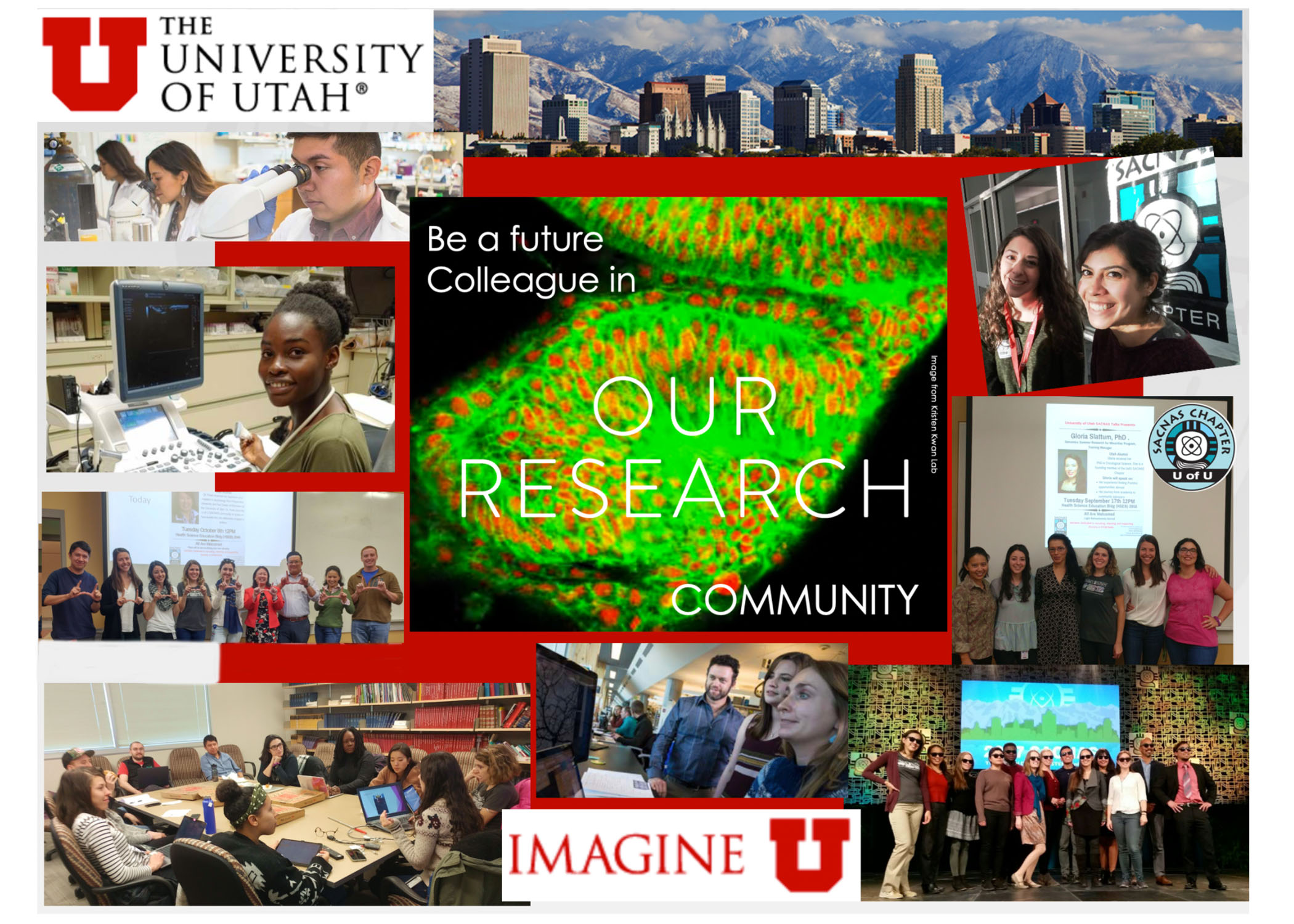
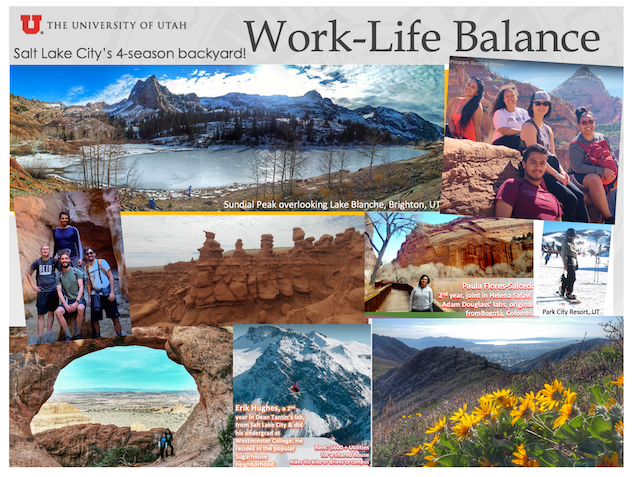
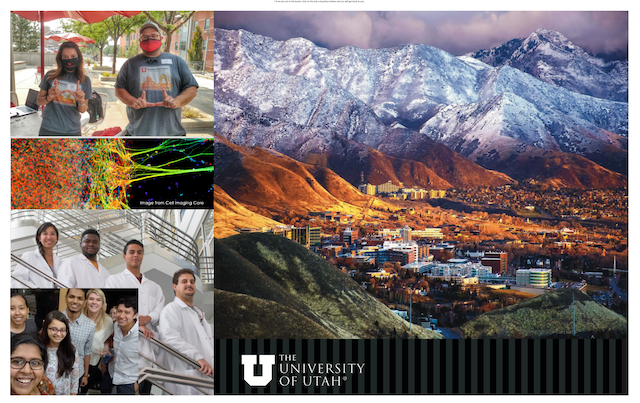
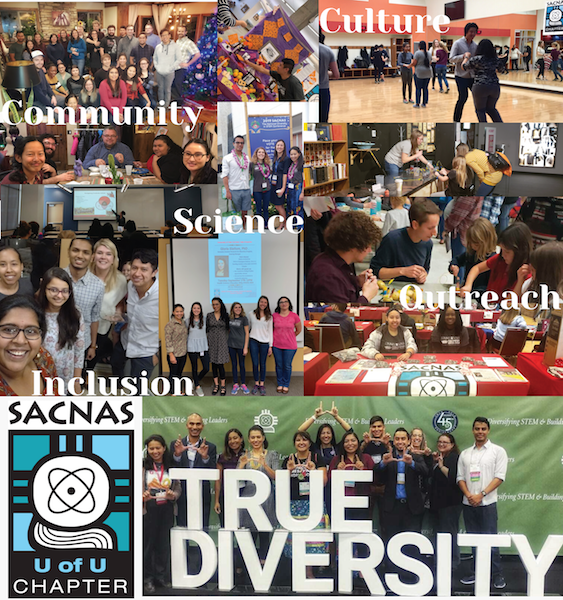
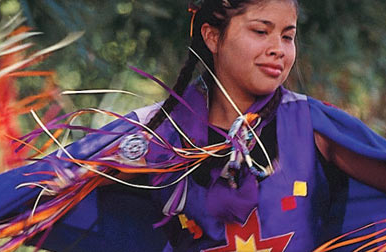
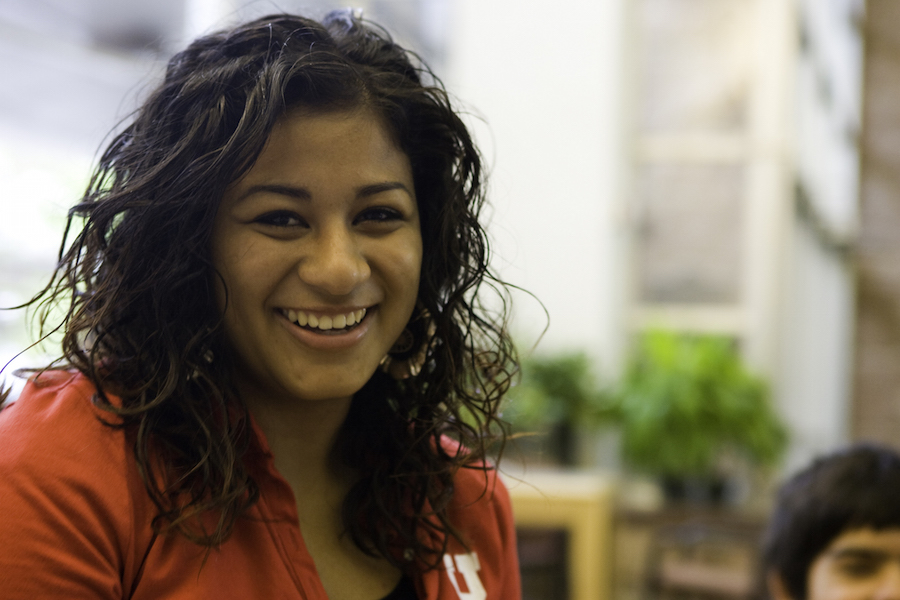
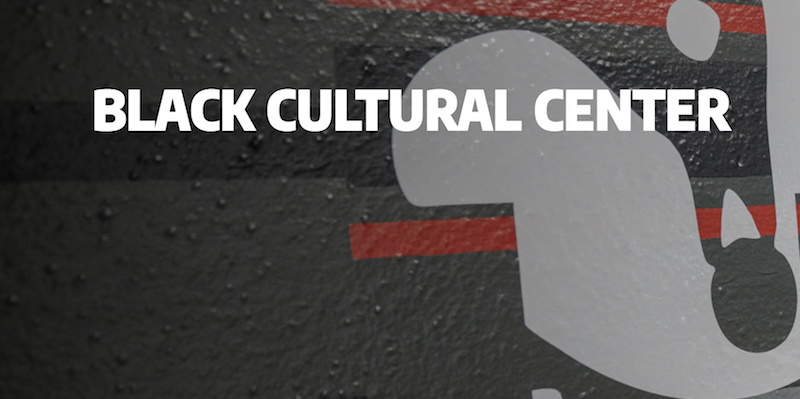
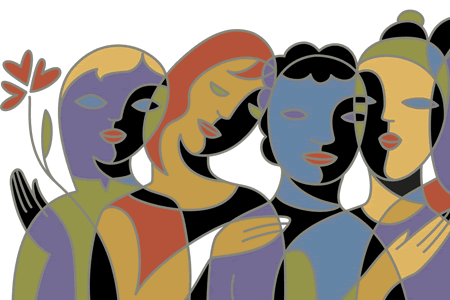
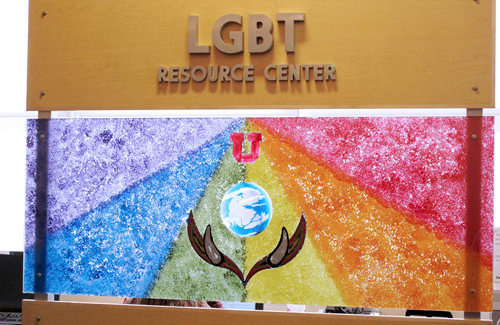
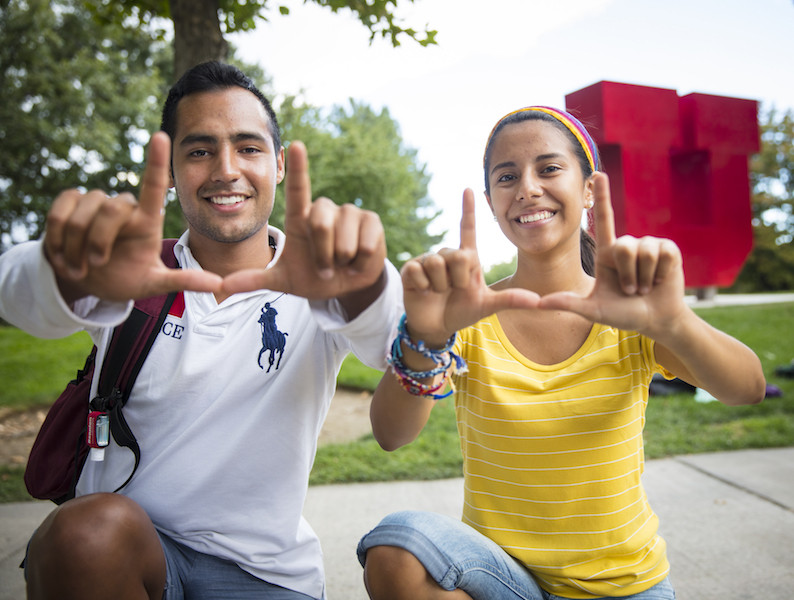
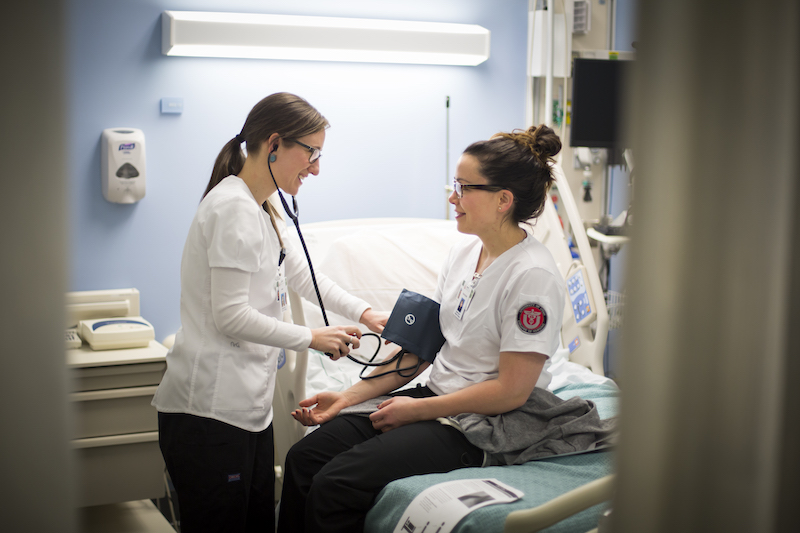

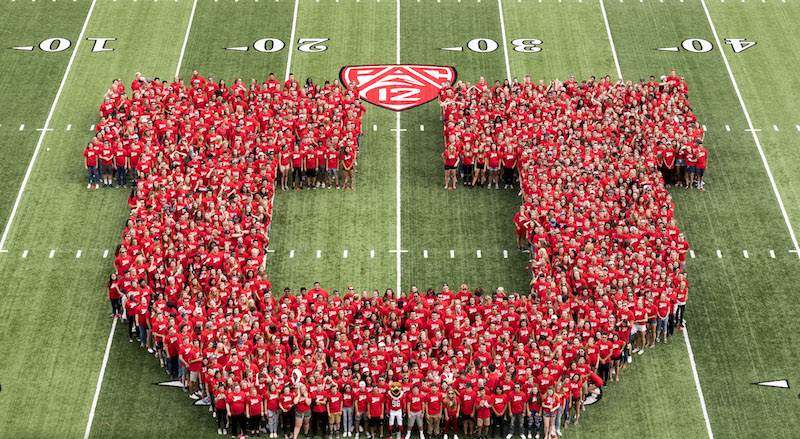
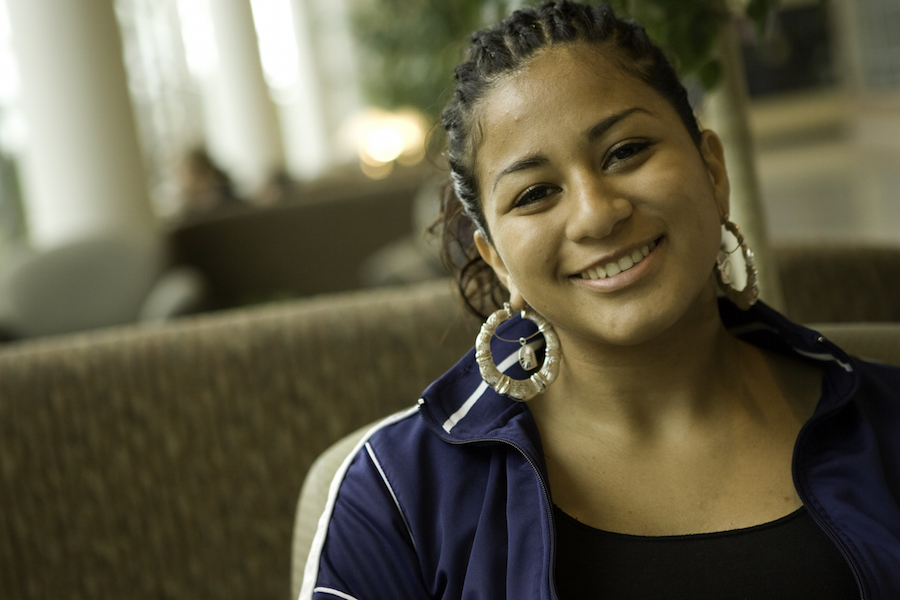
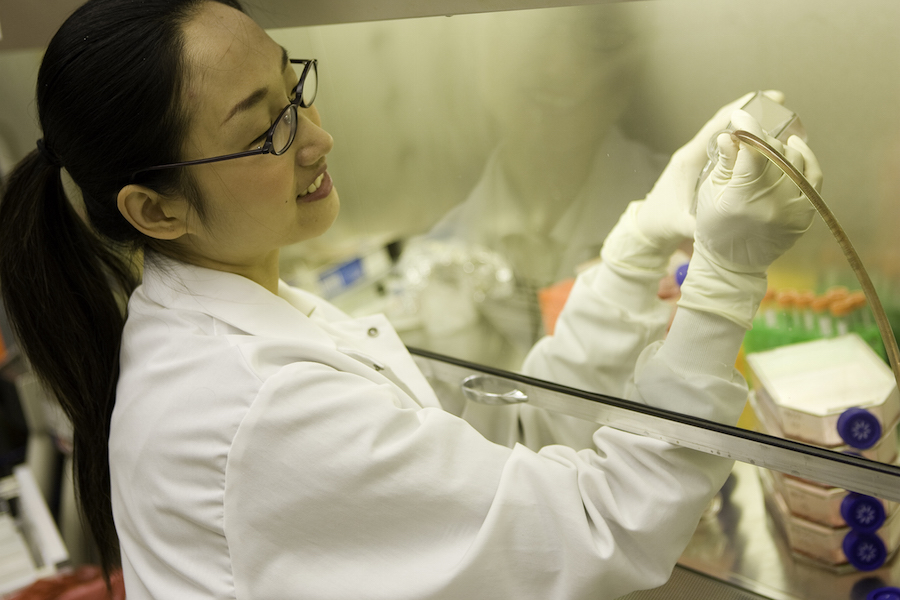
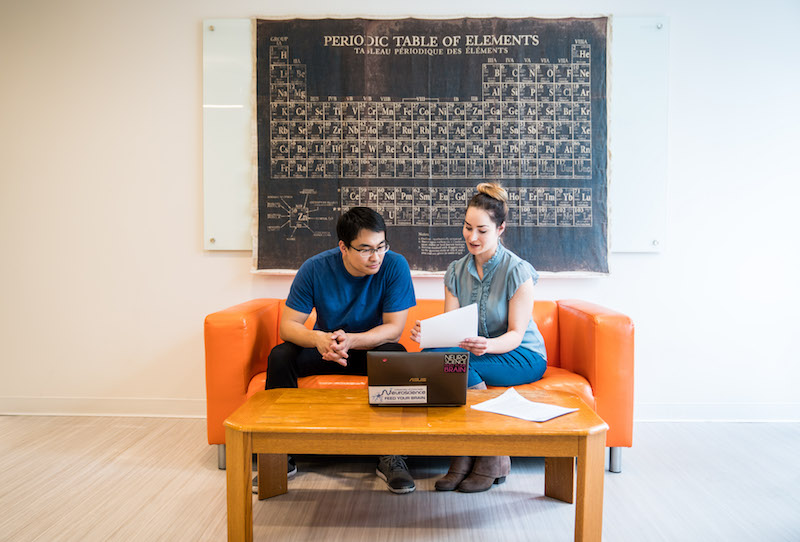
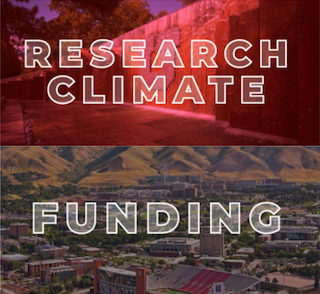
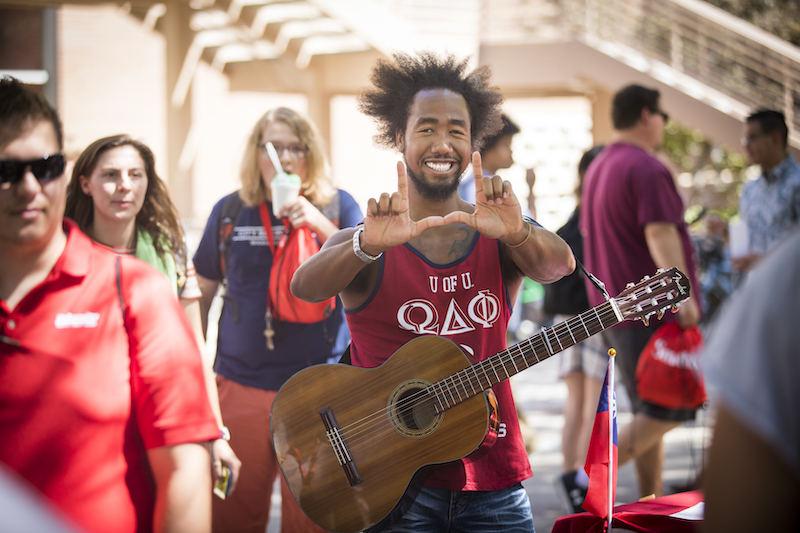

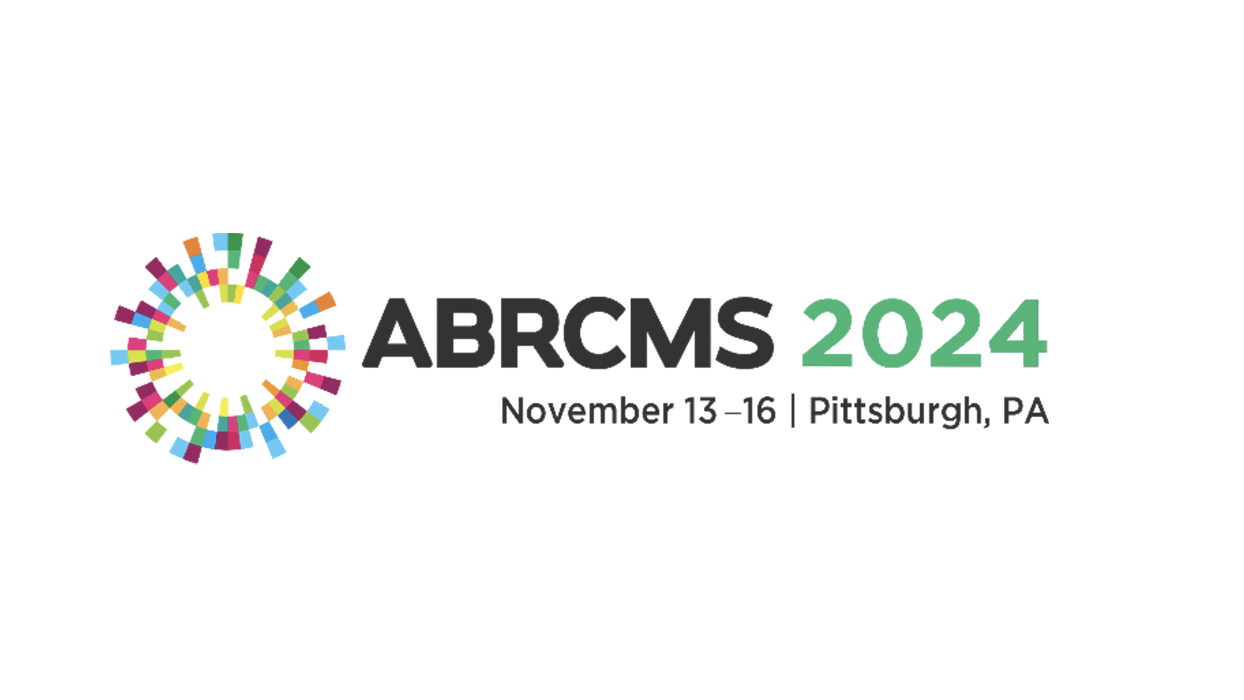
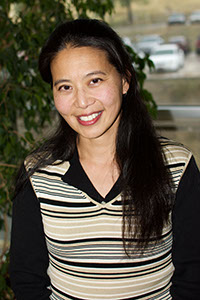 Jeanette Ducut-Sigala, PhD
Jeanette Ducut-Sigala, PhD